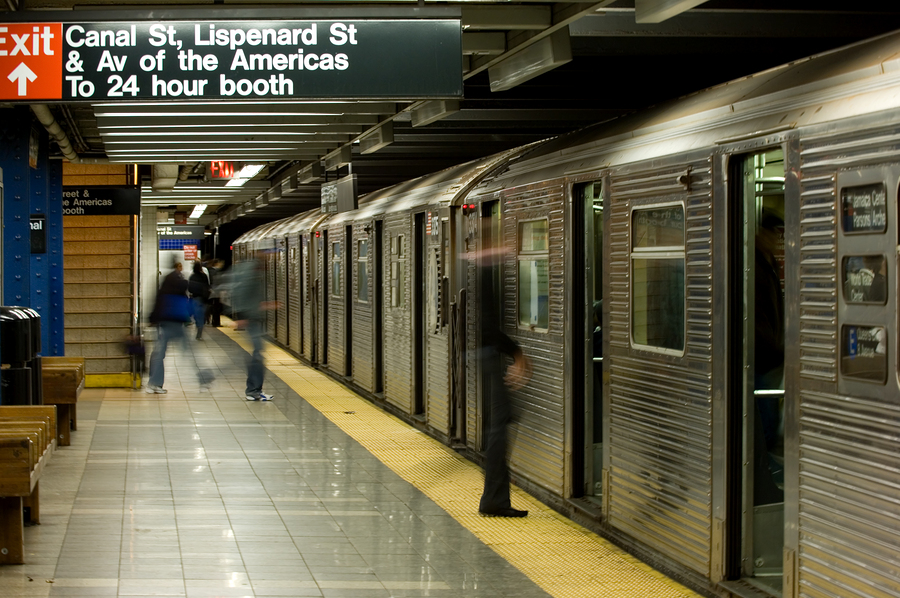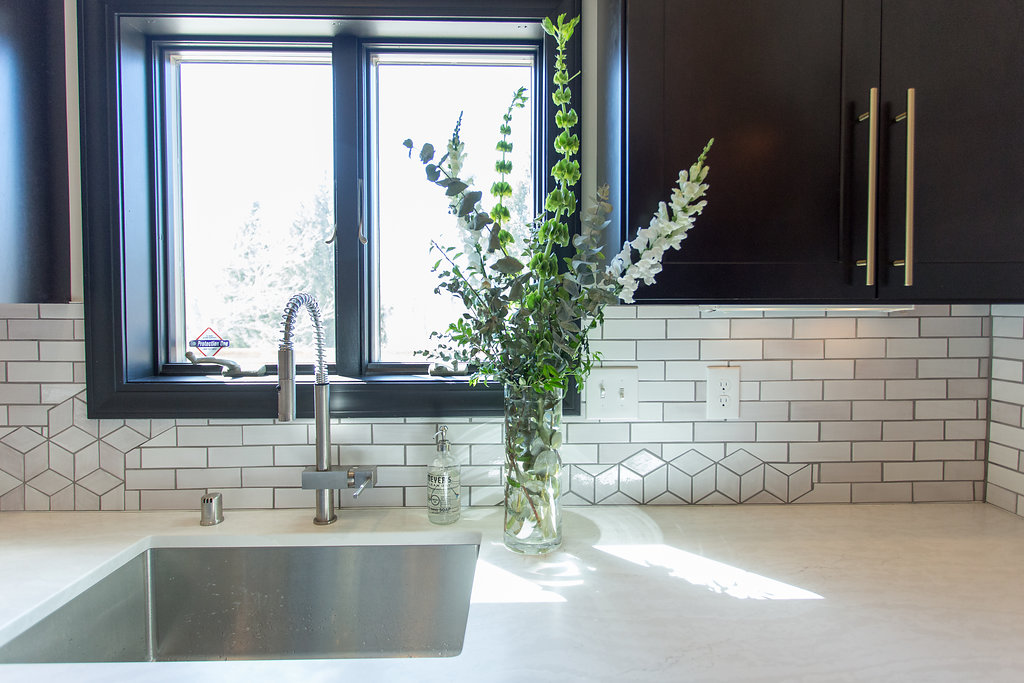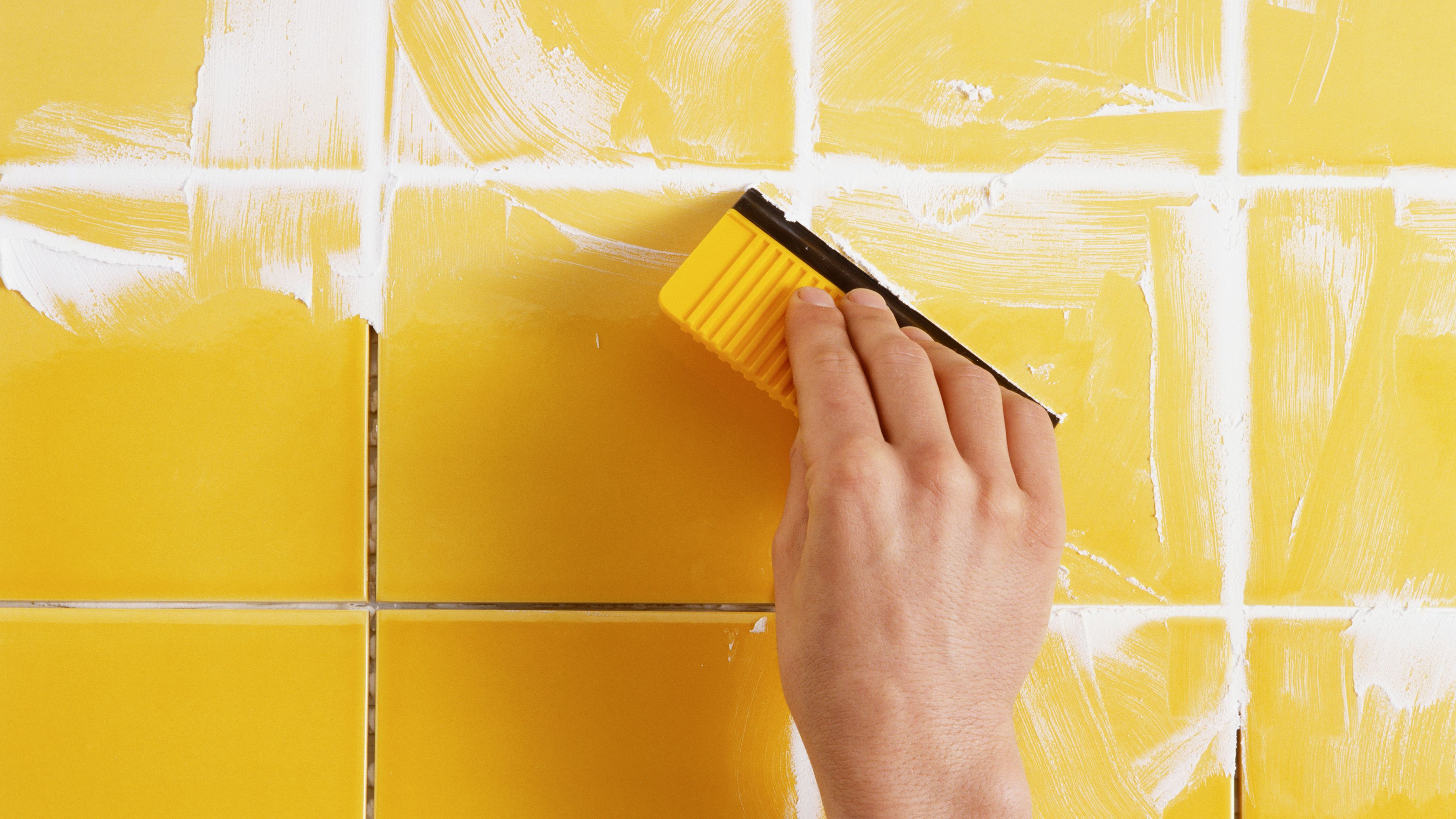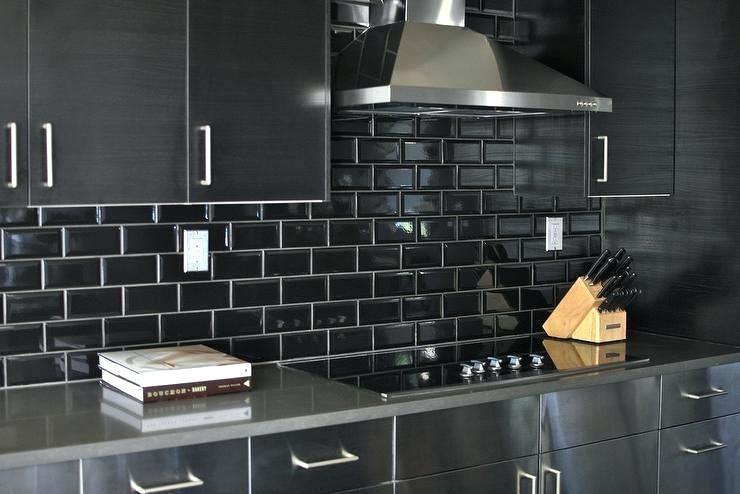Kitchen Subway Tiles for Your Maryland or DC Home
Subway tiles are a classic textile with a lot of history behind them. In the past 100 years, they’ve become a staple in many homes because of their effortless style. They’re practical, compact, and easy to clean, so it’s no wonder why they continue to grow in popularity as the tile of choice in both kitchens and bathrooms.
The History of Subway Tiles

Image from claimsjournal.com
Necessity is the mother of invention, which is why, at the turn of the 20th century, designers George C. Heins and Christopher Grant LaFarge developed the first ceramic subway tile. The duo knew the New York City subway for which they had been tasked to create a textile would be busy and grimy. The tile needed to withstand daily wear and tear, along with regular, heavy-duty scrub downs.
So, in 1901 the humble subway tile was born, the sturdy, durable textile that we know and love today. Though the original is somewhat different from modern iterations, the 3” x 6” offset running-bond subway tile still holds its rank as one of the most beloved and frequently installed home textiles.
Heins and LaFarge were pioneers of the revered Beaux-Arts architectural movement, which could explain why their ubiquitous design is still so popular today. The shape is classic, the style is timeless, and the price is right.
As the years passed, we started seeing alternate styles, such as glazed subway tiles in different colors like muted greens, blues, charcoal, and ochre.
Subway tiles have always been a popular choice because of their cost-efficiency. Depending on the kind you choose, they can range anywhere from $0.15 per square foot to $15 per square foot at the high end.
No matter which way you slice it, subway tiles are streamlined and versatile, traditional, and modern. They work just as well in a rustic farmhouse design as they do in an ultra-sleek contemporary kitchen.
So how can you make subway tile work for you? Let’s dive in!
Layouts, Patterns, and Colors

Image from construction2style.com
These days, the term ‘subway tile’ is a general categorization more than anything else. They come in a wide variety of shapes, sizes, colors, materials, and textures. Thanks to their immense versatility, you can customize to suit your taste in a hundred different ways.
If you love the classic look, stick with symmetry, and choose subtle, non-contrasting tones. If it ain’t broke, don’t fix it.
But your tiles don’t have to be simple to look good. Get creative with it! Tiles can be laid diagonally up and down to create a chevron pattern, or a subtle but luxurious herringbone pattern—similar to chevron, but rotated by 45 degrees.
For the adventurous decorator, why not try a beautiful colored ceramic to brighten up your home? You can now find subway tiles in a rainbow of different colors, from midnight blue to fire engine red.
Add a brightly-colored accent strip to your backsplash. If you want to go subtle, make the strip a few shades darker than your tile. For drama, try a different color entirely, or perhaps mix in smaller, multicolored tiles to create some texture.
Don’t Forget the Grout

Dorling Kindersley / Getty Images
Do not underestimate the impact that grout can have on the look of your kitchen. Although, to some, grout may only be that stuff that creates a seal between the tiles, do not be fooled. Grout can actually make a big difference when it comes to the design and style of your kitchen.
A simple—but never boring—approach is to match grout color to the tile for a crisp, timeless, and seamless look. This type of design looks sleek and sophisticated and might help to make your kitchen look bigger.
If you want something a little different but don’t want to go too far outside the box, consider grout in a contrasting color. A simple but effective combination would be white tiles and black grout, but there are plenty of color combinations to choose from.
Dark tiles with white grout are also stylish and eye-catching. Grays and dark blues add depth and can give your kitchen design an industrial edge.

From otomientay.info
Some might want to go wild with your tile and use a completely different-colored grout. Tinted grout highlights the sheen of your tile while also creating visual interest. Grout, when applied, forms a pattern of its own.
No matter what your style might be, let Winthorpe Design & Build help you do it right. Reach out to us today, and we’ll help you choose the perfect tile, every time.





